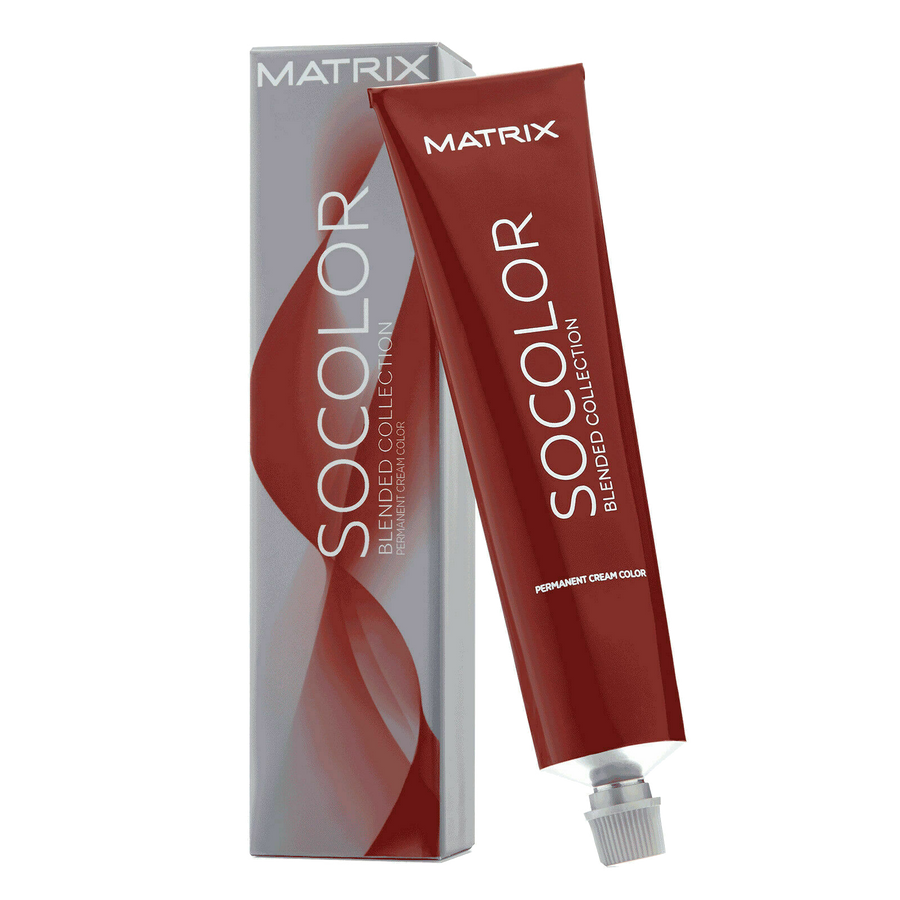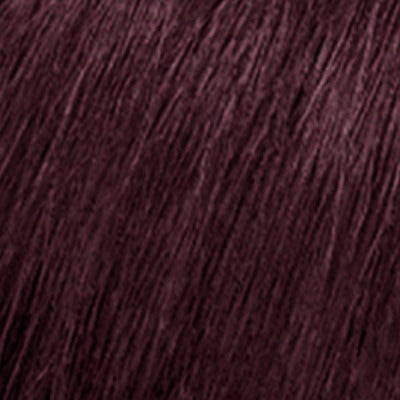The Science of Hair Porosity: Understanding and Nurturing Your Hair Type
One of the fascinating aspects of hair is its unique characteristics, which vary from person to person and contribute to the beauty and individuality of our locks. Among these distinctive traits is hair porosity, a factor that significantly influences how our hair absorbs and retains moisture.
Understanding hair porosity is essential to nurturing and maintaining healthy hair, as it enables us to select the ideal products and care practices tailored specifically to our individual needs. At Smooth & Charming, we believe in empowering individuals with the knowledge and resources to dive deep into the science of hair porosity, creating customized hair care routines that promote optimal hair health and radiance.
In this insightful blog post, we delve into the concept of hair porosity, exploring the characteristics of low, medium, and high porosity hair types, as well as practical techniques for assessing your hair's unique porosity level. With expert guidance from Smooth & Charming, you'll learn how to nurture your hair type with tailored product recommendations, hydration solutions, and essential care practices designed specifically for your hair's porosity level.
By understanding and embracing your hair's unique characteristics, you'll be equipped to make informed choices that bolster your hair's vitality, strength, and natural beauty, creating a hair care regimen that is as unique as you are.
Let us accompany you on this journey towards hair porosity mastery, unlocking the secrets of your unique hair type and giving rise to a personalized, effective hair care routine that celebrates your hair's individuality, potential, and unmatched beauty.
1. Exploring the Spectrum: Low, Medium, and High Porosity Hair
Gain a comprehensive understanding of the different hair porosity types:
A) Low Porosity: Characterized by a tightly sealed cuticle layer, low porosity hair has a natural resistance to moisture absorption, often taking longer to get fully wet. This hair type is typically less prone to frizz but may also be more challenging to hydrate adequately.
B) Medium Porosity: Often considered the ideal hair porosity level, medium porosity hair features a moderately open cuticle layer, allowing for balanced moisture absorption and retention. This hair type requires less maintenance and care, as it naturally retains moisture and responds well to hair treatments.
C) High Porosity: High porosity hair features a highly porous cuticle layer, often resulting from damage or chemical processes. This hair type absorbs moisture quickly but also loses it just as fast, leading to challenges in maintaining adequate moisture levels and potentially causing frizz, breakage, and dryness.
2. Assessing Your Hair's Porosity Level: Practical Techniques
Determine your hair's porosity level with these simple, at-home methods:
A) The Float Test: Place a strand of clean, dry hair in a bowl of water and observe whether it floats (low porosity), sinks slowly (medium porosity), or sinks immediately (high porosity).
B) The Slip and Slide Test: Run your fingers along a strand of hair, moving from the tip to the root. If it feels smooth, you likely have low porosity hair, while bumps or rough texture may indicate high porosity hair.
C) The Spray Bottle Test: Mist your clean, dry hair with water, monitoring how quickly the water is absorbed. Fast absorption suggests high porosity hair, while beading and slow absorption indicate low porosity hair.
3. Low Porosity Hair Care: Unlocking the Moisture Barrier
Nurture your low porosity hair with these targeted care tips:
A) Use Heat for Deeper Penetration: Apply heat during your conditioning treatments to help open the cuticle layer, allowing for better moisture absorption.
B) Embrace Lightweight Oils and Products: Choose light, non-greasy oils (e.g., grapeseed oil or jojoba oil) and water-based products to avoid product build-up and weight on low porosity hair.
C) Maintain a Balanced Protein Regimen: Low porosity hair can often be protein-sensitive, so opt for regular yet gentle protein treatments to maintain healthy hair without overloading it with protein.
4. High Porosity Hair Care: Nourishing and Repairing Porous Locks
Implement care practices tailored to the needs of high-porosity hair:
A) Emphasize Moisture: Consistently moisturize high-porosity hair using hydrating conditioners, leave-in treatments, and hair masks.
B) Seal in Moisture with Oils: Use heavier oils like coconut or castor oil to lock in moisture, creating a barrier to help reduce moisture loss.
C) Regular Protein Treatments: Strengthen and repair high porosity hair with regular protein treatments to fortify the hair shaft and reduce breakage. Balance these with moisturizing treatments to avoid brittleness.
D) Limit the Use of Harsh Chemicals and Heat: Minimize chemical processes and heat styling, as high porosity hair is more vulnerable to damage. Opt for gentler alternatives, like air drying, and use heat protectants when necessary.
Conclusion:
Understanding hair porosity is an essential foundation for personalized hair care, allowing us to tailor our routines and product selections to the unique needs and characteristics of our hair. Through expert guidance from Smooth & Charming, you can confidently navigate the intricacies of hair porosity and cultivate a hair care regimen that supports your hair's unparalleled beauty and vitality. Armed with this invaluable knowledge, you'll be well-equipped to care for your hair's unique porosity needs, nurturing your locks to their most radiant, healthy, and resilient state.
Are you eager to explore the world of hair porosity and craft a customized hair care routine perfectly tailored to your unique hair needs? Let Smooth & Charming be your trusted ally, offering expert guidance, personalized solutions, and high-quality, targeted hair styling products to support your journey towards exceptional hair health.
Together, let's celebrate the beauty and diversity of porosity levels, unlocking the full potential of our hair and nurturing each strand with love, care, and a deep understanding of its distinctive needs.




